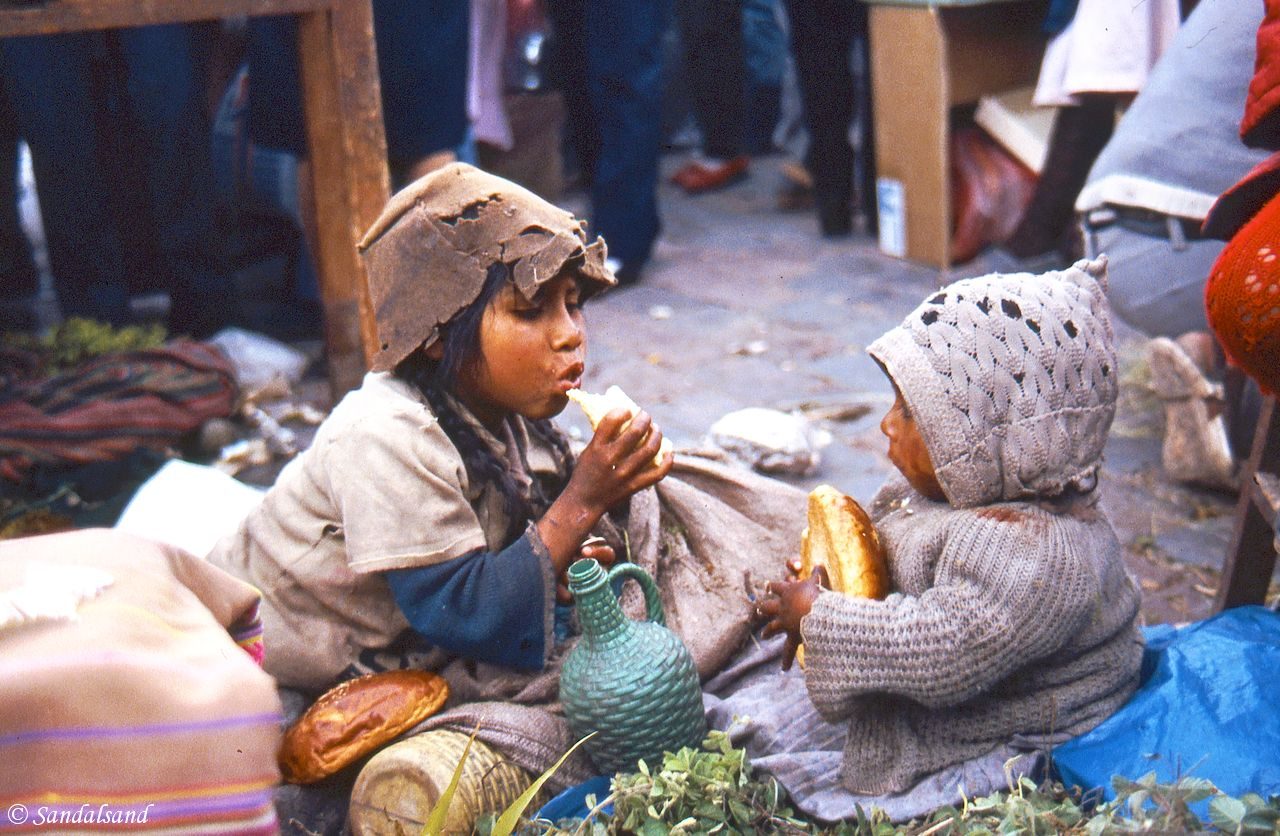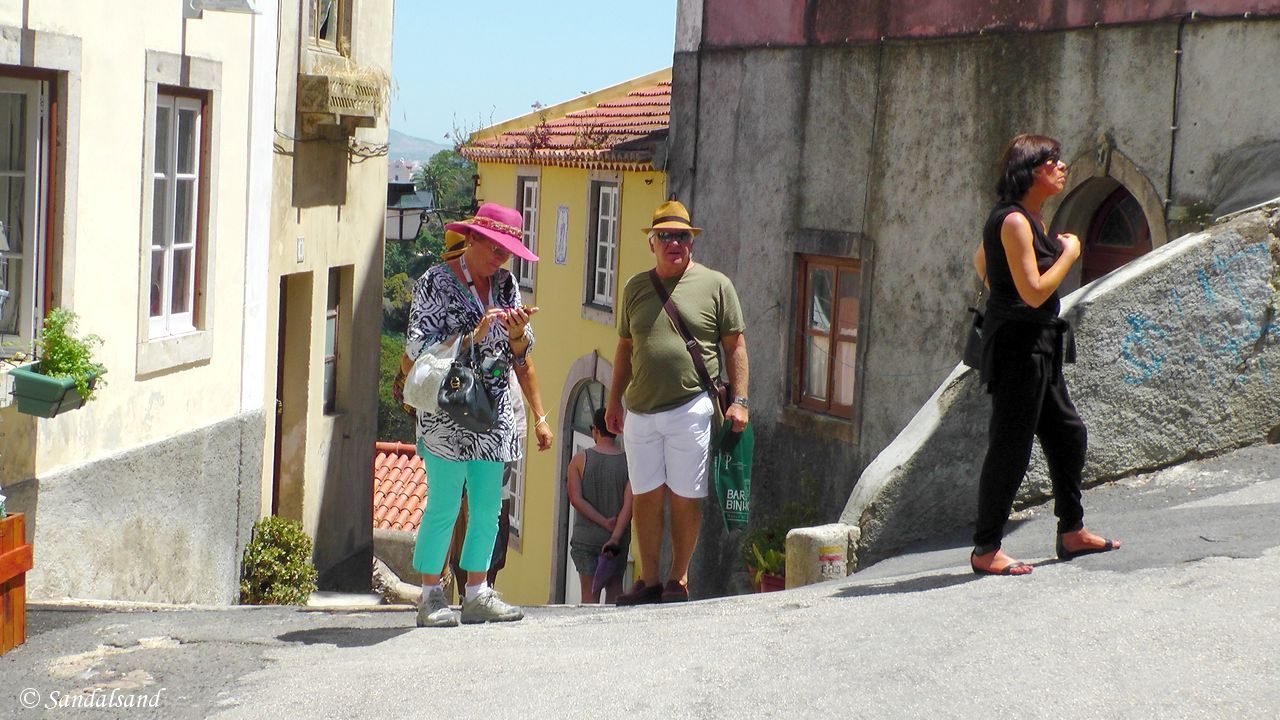What are the differences and similarities between these two terms: Tourist or traveller? The answer might be found by exploring perceptions, intentions, and behaviour of each category. Which category do you identify with?
The distinction between a “tourist” and a “traveller” is one that has sparked debate among adventurers and scholars alike. At first glance, both terms may seem synonymous, as they refer to individuals who move from one place to another for leisure or exploration. However, subtle differences exist between these two categories, rooted in perception, intent, and behaviour. Understanding these differences is crucial, as it reveals deeper insights into how we engage with the world during our journeys.
Into which category does Sandalsand fit? You may find an answer by browsing the 900+ articles on this website. A shortcut would be to start with the remarks on the About page.
How to define a tourist and a traveller?
A tourist is generally seen as someone who visits a destination for a short period, primarily for recreation or leisure, often following a predetermined itinerary. Tourists tend to engage in mainstream activities such as sightseeing, visiting landmarks, and participating in local events, usually seeking comfort and convenience. Their journeys are often characterised by a desire to relax, take a break from daily routines, and explore iconic destinations. A key component of tourism is the pursuit of novelty—experiencing new places, foods, and cultures, but often within the bounds of what is familiar and safe.
In contrast, a traveller is perceived as someone who seeks deeper, more authentic experiences. Travellers tend to immerse themselves in the culture, traditions, and daily lives of the places they visit. Rather than sticking to popular attractions, they may explore off-the-beaten-path locations, engage with locals, and adapt to the customs of their destination. A traveller is often seen as more flexible, adventurous, and self-sufficient. The emphasis for travellers is less on leisure and more on personal growth, learning, and experiencing the world in an unfiltered manner.
Are there any differences in approach?
The primary distinction between tourists and travellers lies in their approach to exploration.
Tourists often focus on experiencing a destination as outsiders. They may prioritise comfort, luxury, and convenience, opting for guided tours, organised activities, and staying in established hotels or resorts. The goal is often to see as much as possible in a limited amount of time. Tourists frequently gravitate toward destinations that are globally recognised for their beauty or cultural significance, contributing to mass tourism and the economic development of popular tourist hubs.
Travellers, on the other hand, are seen as more focused on blending in with their surroundings. They might stay in local accommodations, avoid crowded tourist spots, and seek more authentic, grassroots interactions. Travellers often emphasise the journey over the destination itself, preferring to discover places organically rather than through structured itineraries. Their trips tend to be longer and more open-ended, driven by curiosity and a desire for a deeper understanding of different cultures and landscapes.
Do they differ in terms of cultural interests?
An important difference between tourists and travellers is how they engage with the culture of the places they visit.
Tourists are often passive consumers of culture, observing it from a distance, whether by taking photos or attending cultural performances arranged for visitors. Tourists may be less inclined to learn the local language, adopt customs, or deeply engage with the societal fabric of the places they visit. This doesn’t imply a lack of respect but highlights that their primary aim is to observe rather than participate.
Travellers, however, seek active cultural immersion. They may stay with locals, eat traditional foods, learn the language, and even participate in festivals or daily life. Travellers are more likely to adjust to the local pace and adopt the customs of their temporary home. Their interactions with the local culture tend to be more meaningful and lasting, with a focus on understanding the nuances of the people, traditions, and histories they encounter.
Finally, are there any similarities and overlaps?
Despite these differences, tourists and travellers share commonalities. Both engage in exploration, often driven by curiosity and a desire to see new parts of the world. They contribute to the economy of the places they visit, with tourism and travel industries providing crucial income for many countries. Additionally, tourists and travellers both broaden their horizons by experiencing different environments and cultures, even if the depth of engagement differs.
Moreover, the distinction between the two is not always rigid. Many people embody aspects of both. For example, someone might visit a famous monument as a tourist but spend the rest of their trip as a traveller, immersing themselves in local culture. The distinction can also vary depending on the individual’s motivations, resources, and the nature of the trip itself.

So, what is the conclusion?
The differences between a tourist and a traveller largely come down to mindset and approach. While tourists prioritise comfort, leisure, and convenience, travellers often seek deeper cultural immersion and personal growth. However, both roles are important in the world of exploration, offering unique ways of engaging with the world. Whether one identifies as a tourist or a traveller, the ultimate goal remains the same: to experience, learn, and appreciate the diversity of the world around us.
What you should know
If you’d like to read more about this subject, follow this Google search result. Sandalsand has been contemplating this subject for years and has browsed websites and literature of various kinds to find the answers. This other day I asked ChatGPT for an answer. It came up with a text so comprehensive that it left me left completely off-balance. I could not have written a better text myself, not without spending a lot of time with the keyboard.
In short, I converted this AI answer into the article you have just read, with a few modifications.
This means that I have deviated from my self-imposed rule of writing all posts myself, without the assistance of others. On the other hand, I did ask the AI assistant for assistance, and I did assess the quality of the answer before publishing this on my own website. This means that I can vouch for the content of this article, but can I thereby assume full rights to the intellectual property? I don’t know the answer or even the full extent of that question.
Finally, I also asked ChatGPT for a checklist of differences between a tourist and a traveller. Find the answer below.
Tourist vs. Traveller: Checklist of Differences

| Checklist | Tourist | Traveller |
|---|---|---|
| 1. Itinerary and Planning | Prefers structured itineraries, guided tours, and planned activities. | Embraces spontaneity, open-ended plans, and more flexible schedules. |
| 2. Destinations | Tends to visit popular, well-known attractions and landmarks. | Seeks off-the-beaten-path locations, lesser-known destinations. |
| 3. Cultural Engagement | Observes local culture from a distance (e.g., attends cultural shows). | Actively participates in local life (e.g., stays with locals, learns customs). |
| 4. Accommodation | Prefers staying in hotels, resorts, or familiar chain accommodations. | Often opts for local guesthouses, homestays, or hostels for a more immersive experience. |
| 5. Language and Interaction | May not engage deeply in learning the local language or customs. | Makes efforts to learn the local language and communicate with locals. |
| 6. Comfort Level | Prioritizes comfort, convenience, and luxury experiences. | Willing to forgo some comfort for more authentic or adventurous experiences. |
| 7. Travel Style | Usually travels for relaxation and to take a break from daily routines. | Often travels to explore, learn, and seek personal growth. |
| 8. Pace of Travel | Shorter trips with a fast pace to see as much as possible. | Takes more time in each place, exploring deeply at a slower pace. |
| 9. Impact and Interaction | Tends to have a minimal or transactional interaction with locals (e.g., shopping or sightseeing). | Builds more meaningful and lasting relationships with locals, engaging in their way of life. |
| 10. Souvenirs vs. Memories | Often buys physical souvenirs to remember the trip. | Collects experiences and memories, with less emphasis on physical mementos. |
This checklist provides a simplified overview of how tourists and travellers differ in their approaches and mindsets while exploring the world. However, many people often blend both roles depending on the nature of the trip.
So, where do you fit in?


